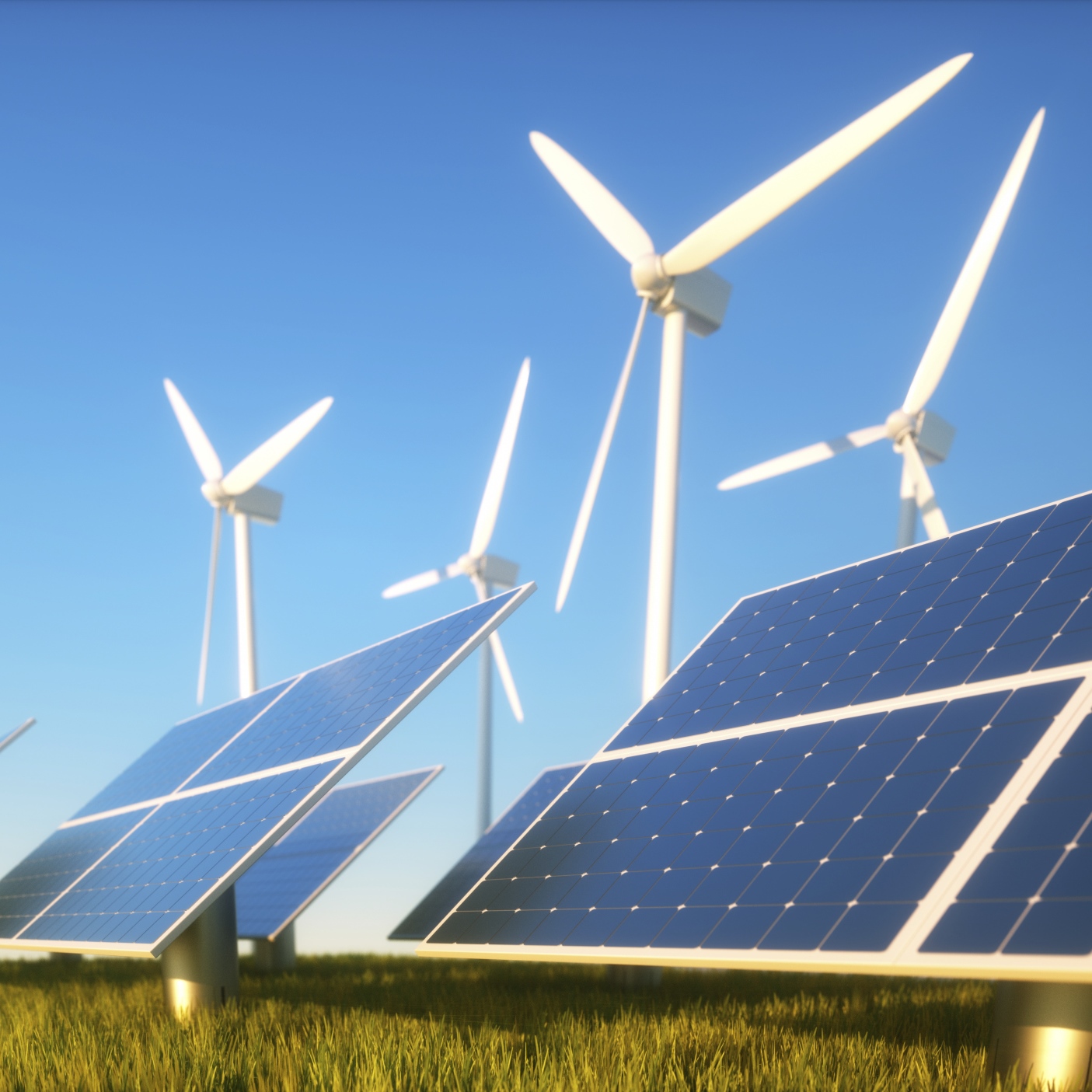Energy
Global Renewable Energy Investments to Reach $11.5 Trillion Through 2050

Published:
Last Updated:

Between now and 2050, global spending on new electric power generation is forecast to total $11.5 trillion. Of that total, 73% — $8.4 trillion — will be invested in solar and wind and another $1.5 trillion in other zero-carbon technologies like hydro and nuclear. Another $548 billion will be invested in battery capacity by 2050.
This investment will produce a 17-fold increase in solar photovoltaic capacity worldwide and a six-fold increase in wind power capacity. The levelized cost of electricity (LCOE) from new solar photovoltaic (PV) plants is forecast to fall a further 71% by 2050, while that for onshore wind drops by a further 58%. These two technologies have already seen LCOE reductions of 77% and 41% respectively between 2009 and 2018.
The data were reported Thursday by Bloomberg NEF (BNEF) in the firm’s New Energy Outlook (NEO) for 2018.
While the forecast increases are impressive in every area of renewables, the impact that falling battery costs will have on the electricity mix over the coming decades is perhaps the most impressive. BNEF predicts that lithium-ion battery prices, already down by nearly 80% per megawatt-hour since 2010, will tumble another 67% by 2030 as electric vehicle manufacturing ramps up.
Seb Henbest, lead author of the NEO, said:
The arrival of cheap battery storage will mean that it becomes increasingly possible to finesse the delivery of electricity from wind and solar, so that these technologies can help meet demand even when the wind isn’t blowing and the sun isn’t shining.
The big loser is coal. Elena Giannakopoulou, head of energy economics at BNEF, said:
Coal emerges as the biggest loser in the long run. Beaten on cost by wind and PV for bulk electricity generation, and batteries and gas for flexibility, the future electricity system will reorganize around cheap renewables – coal gets squeezed out.
BNEF predicts that coal will generate just 11% of global electricity by 2050, down from about 38% currently.
Given the bearish outlook for coal, BNEF now sees global electricity sector emissions rising 2% from 2017 to a peak in 2027, and then falling 38% to 2050.
However that won’t be enough to meet the target of a two-degree Celsius increase in global temperatures. Matthias Kimmel, energy economics analyst at BNEF, commented:
Even if we decommissioned all the world’s coal plants by 2035, the power sector would still be tracking above a climate-safe trajectory, burning too much unabated gas. Getting to two degrees requires a zero-carbon solution to the seasonal extremes, one that doesn’t involve unabated gas.
An executive summary of the 2018 NEO is available on the Bloomberg New Energy Finance website.
Choosing the right (or wrong) time to claim Social Security can dramatically change your retirement. So, before making one of the biggest decisions of your financial life, it’s a smart idea to get an extra set of eyes on your complete financial situation.
A financial advisor can help you decide the right Social Security option for you and your family. Finding a qualified financial advisor doesn’t have to be hard. SmartAsset’s free tool matches you with up to three financial advisors who serve your area, and you can interview your advisor matches at no cost to decide which one is right for you.
Click here to match with up to 3 financial pros who would be excited to help you optimize your Social Security outcomes.
Have questions about retirement or personal finance? Email us at [email protected]!
By emailing your questions to 24/7 Wall St., you agree to have them published anonymously on a673b.bigscoots-temp.com.
By submitting your story, you understand and agree that we may use your story, or versions of it, in all media and platforms, including via third parties.
Thank you for reading! Have some feedback for us?
Contact the 24/7 Wall St. editorial team.